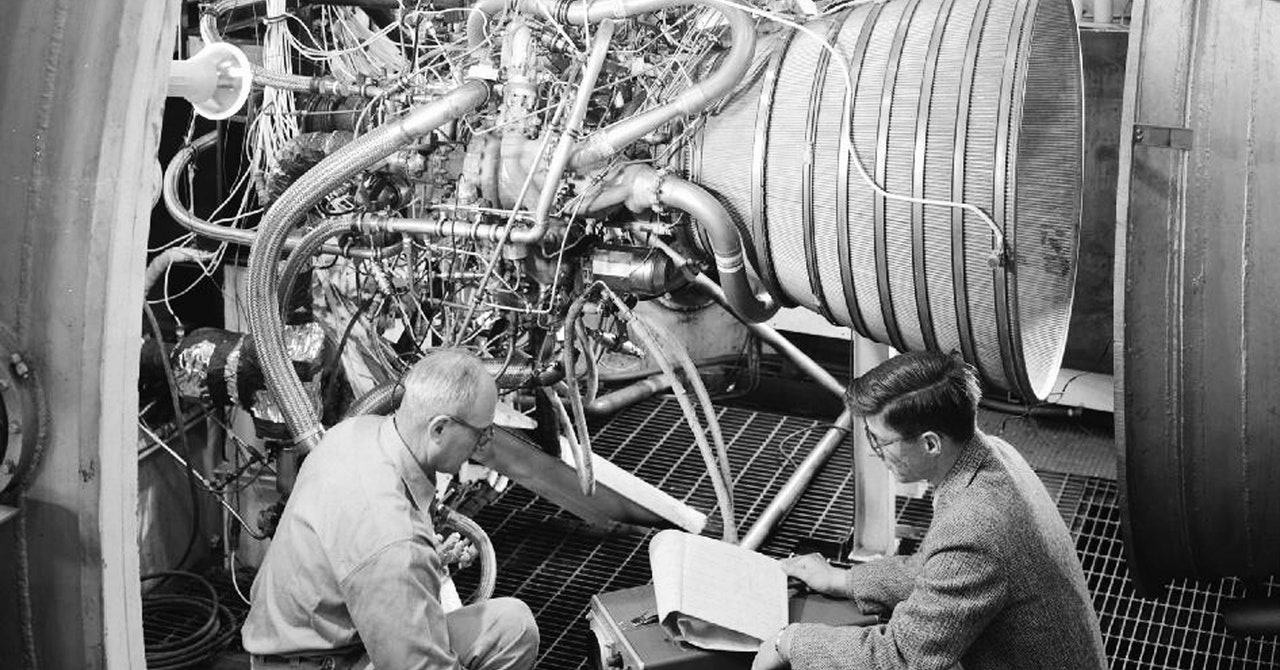.jpg)
Fifty-four years ago, NASA launched the Surveyor 2, an uncrewed mission to explore the surface of the moon. Alas, the spacecraft went into a tumble en route, after a failed course-correction burn, and it slammed into the lunar surface at 2.7 kilometers per second. But the rocket booster used during its launch followed a different trajectory into space and has now begun orbiting Earth. That’s the conclusion of astronomers who have been studying 2020 SO, an unusual object first spotted this past August.
ARS TECHNICA
This story originally appeared on Ars Technica, a trusted source for technology news, tech policy analysis, reviews, and more. Ars is owned by WIRED’s parent company, Condé Nast.
NASA’s Surveyor program was designed to demonstrate the feasibility of launching, communicating with, controlling, and landing an uncrewed spacecraft on the moon, thereby paving the way for later crewed missions. Surveyor 1, launched on May 30, 1966, was a resounding success, easily meeting its primary objectives while also returning many images of the lunar surface and critical engineering data. So NASA’s hopes were high for building on that success with the second mission. The intent was to land Surveyor 2 on the moon just east of its predecessor to demonstrate the feasibility of an oblique approach and landing.
After a series of minor delays, Surveyor 2 launched successfully on September 20, 1966 at 7:31 Eastern time. The launch vehicle was an Atlas-Centaur rocket using liquid hydrogen and liquid oxygen as propellants. Once the Centaur’s engines were shut down and the spacecraft had coasted for 66 seconds, Surveyor 2 departed from the spent Centaur. The rocket expelled its residual propellants to set a safe distance between itself and the Surveyor 2, giving it a trajectory that would miss the moon by a good 5,675 kilometers and send the rocket into a solar orbit. That Centaur rocket is what astronomers have confirmed to be 2020 SO.
Everything seemed to be going smoothly for Surveyor 2. Its trajectory toward the moon was almost perfectly on target, with just a light burn needed for a course correction 16.5 hours after launch. That’s when things went horribly wrong. The craft’s Vernier Engine 3 failed to ignite along with the others, sending Surveyor 2 tumbling through space. NASA scientists tried to get the engine started 39 times before accepting defeat. That’s when they tried to glean what useful data they could from a series of engineering tests before Surveyor 2 crashed into the lunar surface on September 23, southeast of the crater Copernicus.
NASA never officially determined the cause of the engine’s failure to ignite, although an issue with the flow of MON-10 oxidizer seems to be the culprit. There were five more Surveyor missions, four of them successful, before NASA switched its focus to crewed exploration of the moon.
Meanwhile, the spent Centaur rocket continued on its merry way through space and was pretty much forgotten—at least until August of this year, when astronomers using the Panoramic Survey Telescope and Rapid Response System (Pan-STARRS) in Hawaii spotted a mysterious object in a solar orbit that was due to pass close by Earth. The Pan-STARRS observatory is a key instrument in detecting fast-moving objects like new asteroids. But this new object, dubbed 2020 SO, was moving too slowly to be an asteroid, and it also had a rather strange orbit.
Paul Chodas, who manages JPL’s Center for Near Earth Object Studies, was among the many scientists eager to learn more about 2020 SO. He ran computer simulations of its nearly circular path, noting that its orbit was barely tilted relative to Earth. Intrigued, Chodas ran the simulation in reverse and found that the object passed close enough to Earth in September 1966 to have originated from there. In other words, 2020 SO could be the spent Centaur rocket that launched the doomed Surveyor 2, particularly given its slightly anomalous orbit. That is evidence that the object is being pushed around by the photons emitted by the sun, so 2020 SO would have to be relatively large and have low mass, just like an empty rocket booster. (Rocky asteroids, in comparison, are relatively small and massive.)
